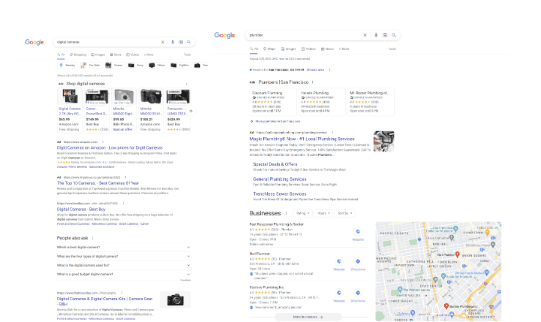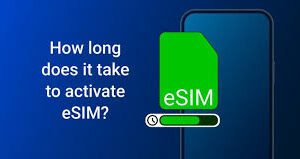The startup landscape gets more competitive every day. There are over 71k startups in the US, and they all compete intensely for new customers, driving up costs and lowering your ROI.
To stay ahead of the pack and drive customer loyalty, many entrepreneurs are turning to Lifecycle Marketing. The big idea behind lifecycle marketing is to retain your customer for longer periods after the initial sale and drive additional sales. But before we talk about the solution, let’s dive into the problem:
Traditional approaches to customer acquisition and why they’re broken
Ads are getting more expensive and harder to track
Advertising costs continue to increase as demand for ad space increases, particularly popular platforms such as Facebook. This is mainly due to record inflation and the highly competitive advertising environment for e-commerce and local services. According to Wordstream, in 2022 Cost per lead increased by 19%.
Furthermore, new changes to how ad clicks can be tracked (such as Apple’s recent iOS 14 update) can make revenue attribution uncertain, making it even harder to understand which campaigns are effective. This means that ROI can be difficult to determine, making it hard to optimize campaigns and ensure you’re spending money on the right campaigns.
Google is cutting off SEO visibility for startups
As businesses fight for visibility in Google, SEO is becoming increasingly competitive. Google Shopping and Google Maps dominate search engine results, pushing organic results further down. In Ecommerce, the shopping bar has pushed results down significantly, and in local services, the Google Map pack has done the same.
For startups, this is even worse, as Google gives more weight to established companies and marketplaces, pushing newer entrants to page three or further. This makes it difficult for businesses to stand out and get their organic traffic, especially when competing against larger companies with bigger budgets and more SEO resources. Thus, the lead cost for customers acquired from SEO continues to increase as you have to invest more dollars into SEO content, backlinking, and PR. For ecommerce businesses, there is also a high investment in Google Shopping and feed optimization. For service businesses, there is an equally expensive investment in Google Maps to rank.
If you’re a startup, you’re spending a lot more to acquire your customers than you were 3, 4, or 5 years ago. It doesn’t make sense to work so hard to acquire your customers only to have them make a single purchase. As costs climb, ROI just gets worse.
Lifecycle Marketing to the Rescue
There are many definitions of lifecycle marketing, most of which are too abstract to be useful. Here’s my pragmatic definition: Lifecycle Marketing means adding email marketing for retention.
The old game: Acquire sales with Paid Ads and SEO. Sell them one product or service. Acquire a brand new batch of customers every time you want more sales.
The new game: Acquire customers with Paid Ads and SEO. Sell them a product or service. Capture an email. Actively educate them about your product category, and help them perform better, and build loyalty and trust. Focus on making 2 to 3 sales over one year or more. Think about how many years you can retain your current customers. Play the long game.
The benefit is a much higher ROI, since we can now amortize the customer acquisition cost over several purchases.
Bio:
Russell Miller runs a digital marketing agency, Zavient, and has worked with companies such as Massdrop, Texas Instruments, RepairPal and YourMechanic.





























